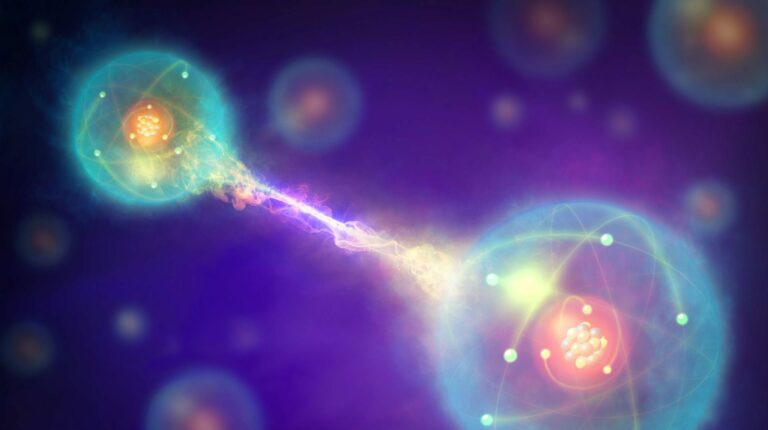A Recent Study Reveals a Substantial Discrepancy from Newton and Einstein’s Theory of Gravity.
In 1687, Isaac Newton, a distinguished English physicist, introduced his groundbreaking Law of Universal Gravitation. This innovative idea suggested that all objects exert gravitational force in relation to their mass, significantly enhancing our understanding of the universe. Despite the profound impact of Newton’s work, it did not explain certain gravitational phenomena such as black holes and gravitational waves. Fortunately, Albert Einstein emerged in the early 20th century, presenting his Theory of General Relativity to address these limitations.
However, the vastness of space poses significant challenges, even for brilliant minds like Einstein’s. One notable challenge is found within the core of black holes, known as singularities, where Einstein’s theory appears to break down completely. A recent study conducted by scientists at Sejong University in South Korea has identified another boundary to Newton and Einstein’s gravitational theories, observed in the orbital behavior of distant binary star systems known as “wide binaries.” These findings were recently published in The Astrophysical Journal.
Through the examination of 26,500 wide binaries located within a 650-light-year radius, using data from the European Space Agency’s Gaia space observatory, co-author Kyu-Hyun Chae made a surprising discovery. When these celestial bodies displayed extremely low orbital accelerations around 0.1 nanometers per second squared, their observed accelerations were nearly 30 to 40 percent higher than what Newton-Einstein models would predict. However, accelerations exceeding 10 nanometers per second squared aligned with predictions from the Newton-Einstein framework. This discrepancy at ultra-low accelerations presents a significant enigma.
In traditional gravitational models, the mysterious notion of dark matter holds significant importance. Due to our limited understanding of this hypothetical substance and its supposed dominance in the cosmos, it is plausible that dark matter plays a role in these peculiar gravitational interactions. However, Chae proposes that Modified Newtonian Dynamics (MOND), initially introduced by Israeli scientist Mordehai Milgrom in 1983, could provide an explanation for these deviations, as well as other anomalies found in galaxies.
Interestingly, a gravity theory influenced by MOND, co-authored by Milgrom, sheds light on this unexpected acceleration boost of 1.4 times. Known as A Quadratic Lagrangian (AQUAL), this theory offers “direct evidence for the breakdown of standard gravity at weak acceleration,” as stated by Chae in the research paper.
Similar to how the Newton-Einstein paradigm relies on the elusive concept of dark matter, MOND also has its own limitations and complexities. While Chae’s study strengthens the argument for Modified Newtonian Dynamics, it remains a theoretical framework that requires substantial observational confirmation before it can potentially revolutionize our current understanding of gravity and the universe.
Do not forget to share your opinion with us to provide you with the best posts !




0 Comments